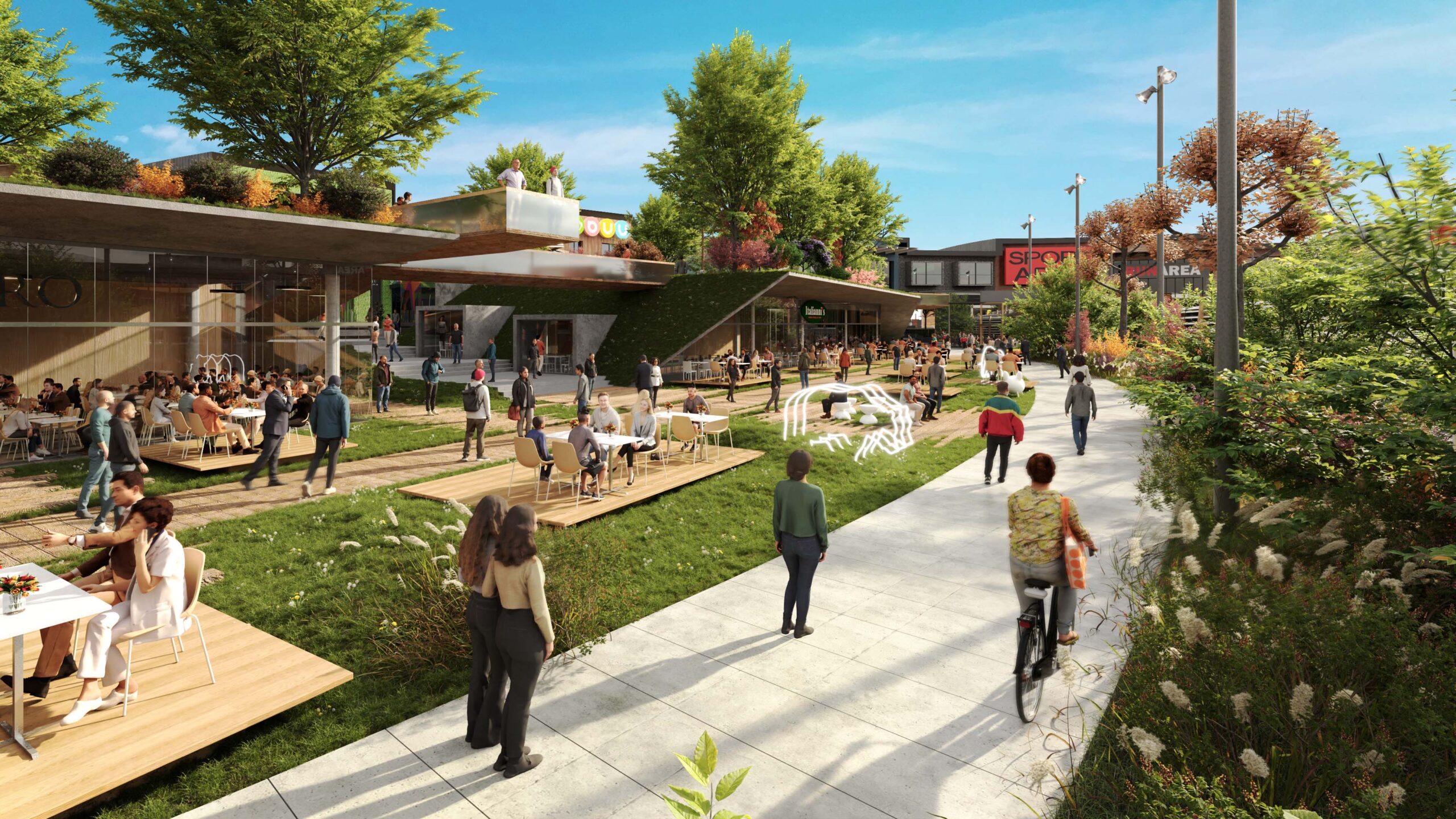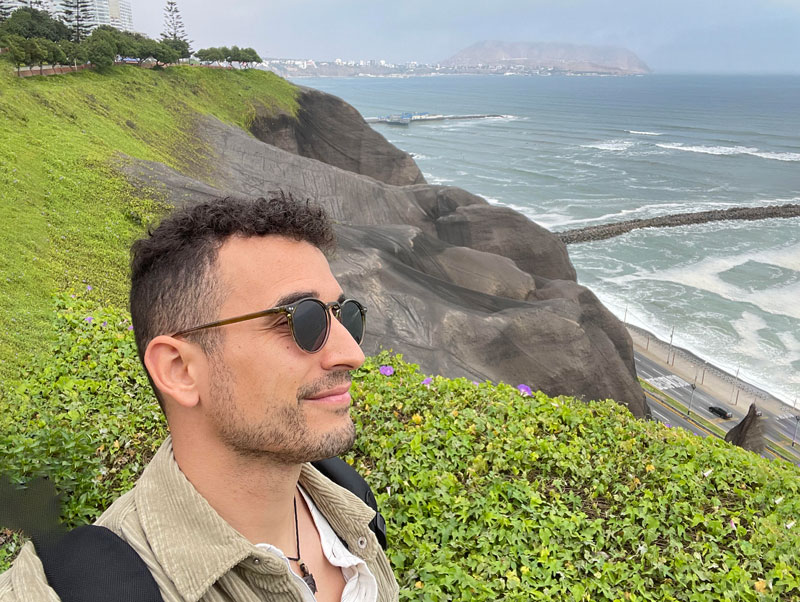Every great story starts with an experience and ends with a lesson. Knowing how to grasp these skills, memories or images is key to creating a solid foundation on which an idea can be built. In a society whose needs are constantly changing, technology is increasingly becoming a tool that is replacing social relations and interactions. Today, by simply dragging an orange stick figure on our computer screen we can travel anywhere in the world. But is that enough? What are we missing?

Detail of Mega Adygea project
Traveling, walking around, visiting new spots and interacting directly with the surrounding environment become one of the fundamental pillars when it comes to truly understanding the essence of a place. Experiencing the local traditions and culture first hand, whether through a conversation with the cab driver or overhearing a family conversation at the mall or in a park, goes beyond any barrier and penetrates deeper than any book or article that you can read on the internet (ironic, right?) – the key is to feel these small details. Everything is about feelings.
Only when you have that sense of belonging to a place, discovering that emotional layer, that you are able to create places that are truly worthwhile.
Leisure architects and designers, more than anyone else, should be aware of the social responsibility we have. Designing buildings and public spaces shape the cities, neighbourhoods and streets that future generations will walk through and experience, whether it’s through master planning, placemaking or landscape design. In these places, new families will grow up, friendships will be born and build their own memories that will mark them forever. Who doesn’t remember the smell of that park near the school exit when summer approaches? Or the coffee shop at the corner where you always meet your friends or family? How we think and envision these places is key. We should consider how these fundamental feelings arise, how local cultures and customs are passed down, and how we should adapt to the demands of the local population.

Some time ago someone told me that you cannot discover new oceans if you don’t lose sight of the coast, so, here I am, sitting in a coffee shop on the edge of a cliff in Lima, Peru, with a book about the historic city and a backpack full of memories, new encounters, friends and unique experiences. I’m sure this can be turned into a great story to tell.
Living the place – it leaves you speechless, then turns you into a storyteller.
Javier Cervantes, Head of Design & PM Architect







